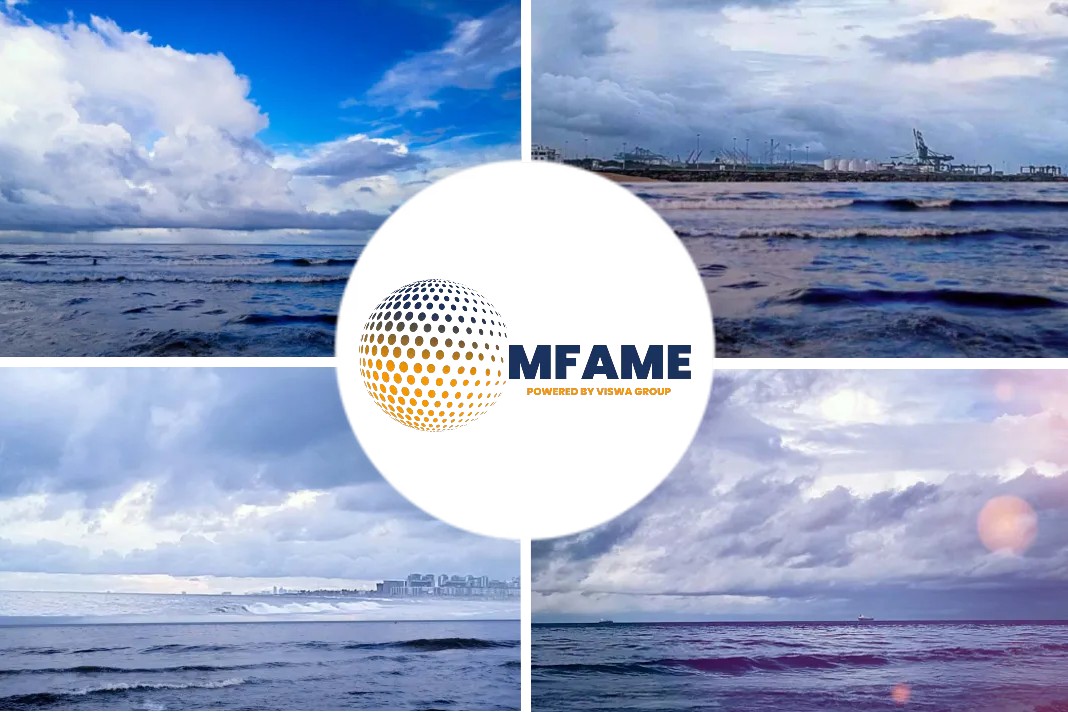
The country’s failure to draw larger cargo ships due to lacking port infrastructure poses a threat to Prime Minister Narendra Modi’s ambition to make India the world’s factory, as reported by Bloomberg.
Coasts not deep enough
The majority of harbours on India’s coast aren’t deep enough to accommodate ships like the 400-meter-long Ever Alot, the largest boxship in the world with a capacity of more than 24,000 20-foot equivalent units. The Ever Alot, which can rival the Empire State Building in length, recently paid visits to Malaysia and its neighbour Sri Lanka.
The 17-meter draught required for such vessels to sail is absent from Jawaharlal Nehru Port Trust, India’s largest state-run container handling facility. Mundra Port, run by Gautam Adani business, a billionaire, has declared it can manage the mammoth, but it hasn’t been used yet. The largest vessel to have berthed there is the 17,292-TEU APL Raffles, which had 13,159 TEUs on board when it did so in January 2022.
Ever Alot’s 2022 Journey
“Ultra-large ships provide economies of scale,” said Shailesh Garg, a director at Drewry Maritime Advisors. “However, increasing the vessel size alone will not help in speeding up the movement of goods to and from the hinterland.” Road and rail links from ports to warehouses, factories and shops also need to be improved, he said.
According to a Reserve Bank of India assessment from 2022, India’s entry into the global value chain has been hampered by poor marine connections. According to the RBI, the nation received a score of 34% in the GVC participation index, whereas the 10-member Association of Southeast Asian Nations had a score of 45.9%. In the gauge, Vietnam scored higher than 50%, according to a different report.
Three years after Vietnam welcomed a ship of a comparable class, Mundra Port welcomed APL Raffles, demonstrating how Asia’s third-largest economy risks lagging behind in the race for a larger proportion of commerce as companies depart from China. Mundra, which is ranked 48th in an index created by the World Bank Group and S&P Global Market Intelligence, is the highest-performing port in India.
Modi’s goal to boost manufacturing’s part of the GDP from 14% to 25% and increase the country’s share of global goods exports from 2.1% to 3% by 2027 and 10% by 2047 is being undermined by the country’s inadequate infrastructure.
“The existing port and terminal infrastructure in India do limit the possibility of utilizing the full strength of ultra-large vessels,” said AP Moller-Maersk A/S in an email reply to queries. Some factors include “the draft in the ports, cranes at terminals used for loading and unloading cargo, port throughput capacity.”
The second-largest container shipping line in the world, Maersk, also pointed out that because Indian importers and exporters are dispersed around the nation, it is more efficient and cost-effective to send and receive cargo through a port that is close to their locations.
“In such a case, smaller vessels offer flexibility to go to more ports and move smaller volumes, than concentrate on a single hub,” Maersk said.
Bigger, Longer, Deeper, More
Container ships are getting larger in a quest for efficiency and profit placing stress on vessel crews, port operators and the environment
“Development of maritime capacity will be key to competing with China and other emerging manufacturing hubs in Southeast Asia and other regions,” said Drewry’s Garg. “China has a far more developed and efficient port and logistics infrastructure.”
According to London-based data research company CEIC Data, China had 245 million TEUs of container throughput compared to India’s 16 million TEUs as of December 2020.
Even though only 0.7% of the active global container fleet consists of ships with a draught of 17 metres or deeper, trade between Europe and China is increasingly dependent on these larger ships. Given its strategic location between the Suez Canal and the Strait of Malacca, India can participate in that route.
With a natural draught of 20 to 24 metres, the deep-sea Vizhinjam Port in Kerala, south India, can accommodate larger ships. According to Roy Paul, a spokesman for the project’s developer, Adani Group, it will be operational by 2024.
According to the government’s Maritime India Vision 2030, another port in Maharashtra with a natural draught of 18 metres is anticipated to be finished in 2028.
Did you subscribe to our newsletter?
It’s free! Click here to subscribe!
Source: Bloomberg






















